
Copernical Team
Zenno Astronautics collaborates with Faraday Factory Japan on space-bound superconducting magnets
 New Zealand headquartered space-flight systems company Zenno Astronautics (Zenno), a developer of world-first superconducting electromagnets for space applications, and Faraday Factory Japan LLC, the world's leading superconducting tape maker, have partnered to collaborate on the development of bespoke high-temperature superconductor (HTS) magnets for space applications.
Zenno and Faraday
New Zealand headquartered space-flight systems company Zenno Astronautics (Zenno), a developer of world-first superconducting electromagnets for space applications, and Faraday Factory Japan LLC, the world's leading superconducting tape maker, have partnered to collaborate on the development of bespoke high-temperature superconductor (HTS) magnets for space applications.
Zenno and Faraday Joint mission by Astrobotic and Mission Control showcases lunar rover tech aboard Griffin-1
 Astrobotic and Mission Control have embarked on a collaborative lunar rover demonstration mission. The mission features Astrobotic's CubeRover, designed for traversing multiple kilometers on planetary surfaces, integrated with Mission Control's Spacefarer operations platform. This integrated system will operate aboard Astrobotic's inaugural Griffin lander mission targeting the lunar south pole.
Astrobotic and Mission Control have embarked on a collaborative lunar rover demonstration mission. The mission features Astrobotic's CubeRover, designed for traversing multiple kilometers on planetary surfaces, integrated with Mission Control's Spacefarer operations platform. This integrated system will operate aboard Astrobotic's inaugural Griffin lander mission targeting the lunar south pole. Moon's early volcanic activity reshaped by internal movements
 Approximately 4.5 billion years ago, a collision between a small planet and the young Earth dispersed molten debris into space, which eventually coalesced to form the moon. This widely accepted theory of lunar formation provides a backdrop to recent discoveries by the University of Arizona Lunar and Planetary Laboratory, as detailed in a new study in Nature Geoscience. The research underscores s
Approximately 4.5 billion years ago, a collision between a small planet and the young Earth dispersed molten debris into space, which eventually coalesced to form the moon. This widely accepted theory of lunar formation provides a backdrop to recent discoveries by the University of Arizona Lunar and Planetary Laboratory, as detailed in a new study in Nature Geoscience. The research underscores s NASA's LRO finds photo op as it zips past South Korea's Danuri moon orbiter
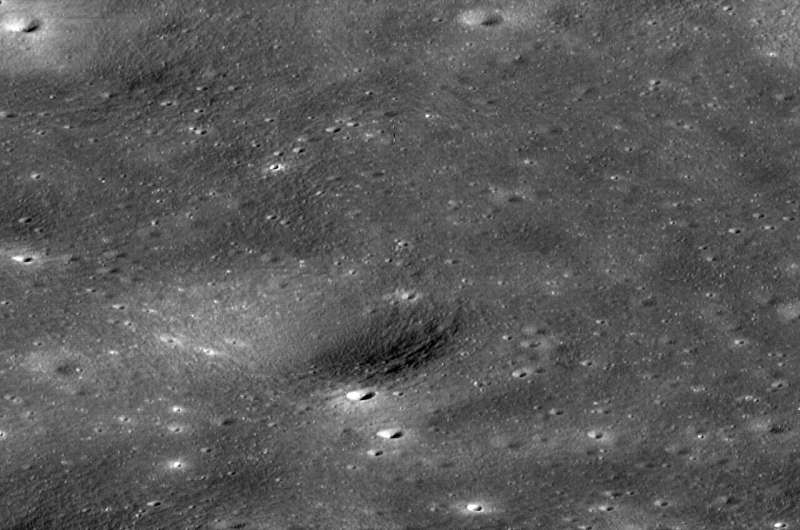
The Latest: Dallas students elated by eclipse
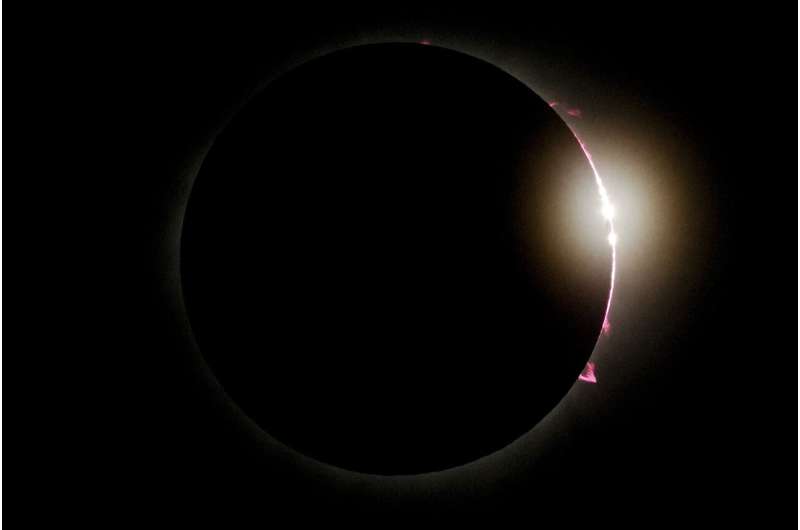
A total solar eclipse has begun. Totality will last up to 4 minutes, 28 seconds in certain spots.
The eclipse is crossing North America, darkening skies along a path through Mexico, the United States and Canada.
Here's the latest:
DALLAS STUDENTS ELATED BY ECLIPSE
DALLAS—Emergency lights clicked on outside D.A. Hulcy Middle School as the last sliver of the sun disappeared. Students cheered and whooped, sitting on towels and picnic blankets in an adjacent parking lot.
"I'm a new person," eighth grader Nia Modkins said.
Students and teachers took off their eclipse glasses and pointed at the sky, taking pictures and videos. Once three minutes elapsed, their teachers told them to put their eclipse glasses back on as the sun prepared for its return act.
Nukes in space: A bad idea in the 1960s, an even worse one now
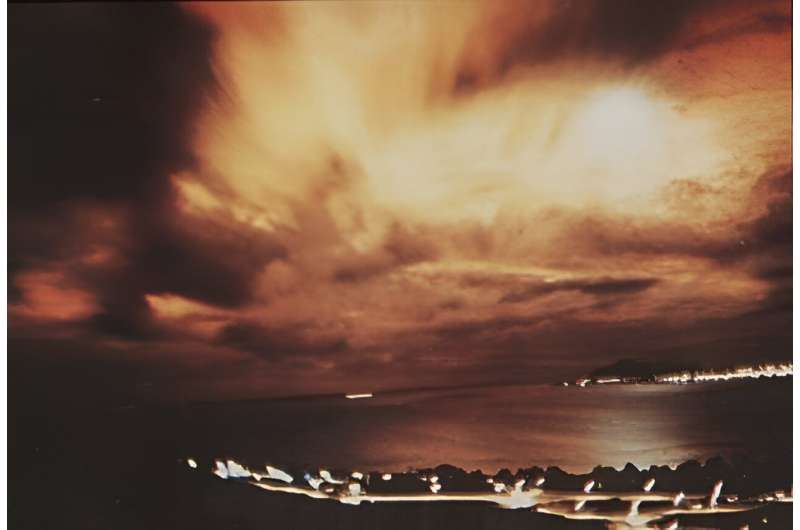
The US and Japan are sponsoring a resolution for debate by the United Nations security council which—if passed—will reaffirm international commitments to the 1967 outer space treaty (OST) forbidding the deployment and use of nuclear weapons in space.
The call, headed by US ambassador Linda Thomas-Greenfield and Japan's foreign minister Yoko Kamikawa, follows troubling reports that Russia could be developing a nuclear capable anti-satellite weapon. As an expert on space and nuclear weapons, I find these reports concerning but not surprising because nuclear anti-satellite weapons have been proposed since the cold war in the 1960s.
So far, little is known about this weapon. The White House has said it is not operational and does not pose an immediate threat. Russian president Vladmir Putin, meanwhile, stated that Moscow had no intention to pursue a weapon that puts Russia in contravention of their commitment to the OST.
A total solar eclipse races across North America as clouds part along totality
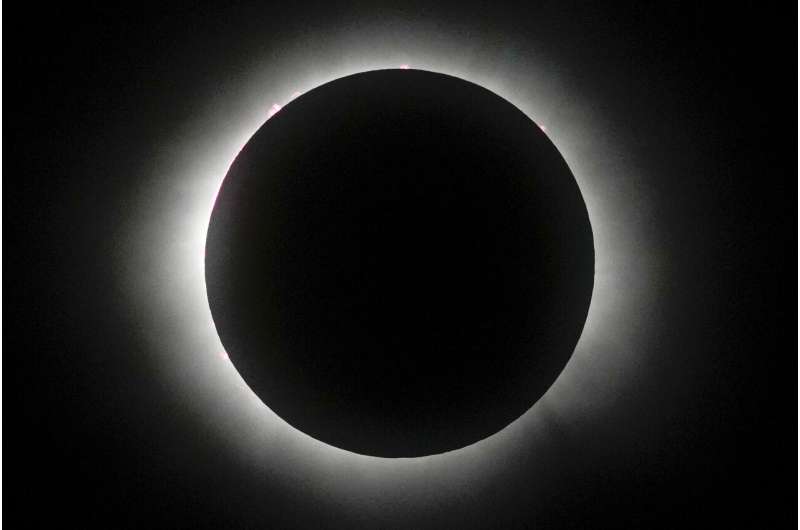
A chilly, midday darkness fell across North America on Monday as a total solar eclipse raced across the continent, thrilling those lucky enough to behold the spectacle through clear skies.
Eclipse mania gripped all of Mexico, the U.S. and Canada, as the moon swept in front of the sun, blotting out daylight. Almost everyone in North America was guaranteed at least a partial eclipse, weather permitting.
It was the continent's biggest eclipse audience ever, with a couple hundred million people living in or near the shadow's path, plus scores of out-of-towners flocking in.
Clouds blanketed most of Texas as the total solar eclipse began its diagonal dash across land, starting along Mexico's mostly clear Pacific coast and aiming for Texas and 14 other U.S.
SpaceX knocks out early morning Starlink launch from Cape Canaveral
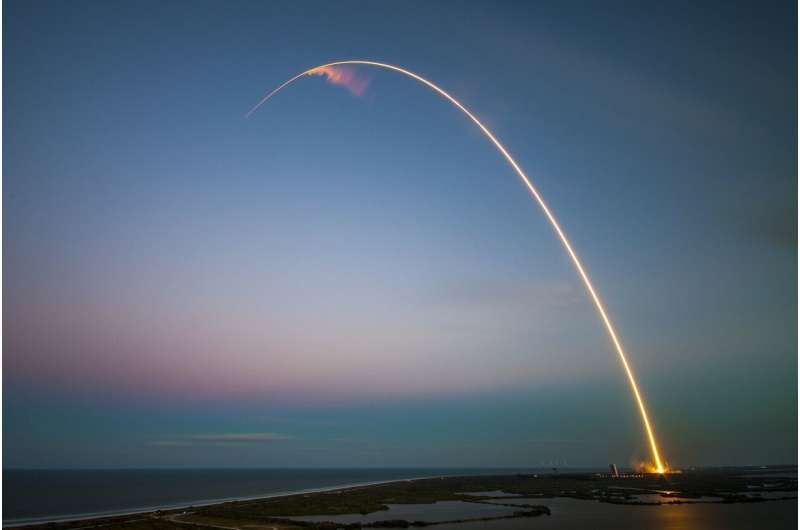
The Space Coast saw its 23rd launch of the year early April 5 with a SpaceX launch from Cape Canaveral Space Force Station.
The Falcon 9 rocket carrying 23 more of the company's Starlink internet satellites lifted off from Canaveral's Space Launch Complex 40 at 5:12 a.m.
The first-stage booster made its 14th flight and stuck another recovery landing downrange in the Atlantic on the droneship A Shortfall of Gravitas.
It was the 275th time SpaceX has recovered a Falcon 9 booster, part of the company's efforts to reduce costs through reusability.
SpaceX has flown all but one of the launches from the Space Coast this year, with United Launch Alliance responsible for the other, a Vulcan Centaur launch in January.
ULA has its second flight lined up, though, with the last launch ever of a Delta IV Heavy set for next Tuesday from Canaveral's Space Launch Complex 37 on a mission for the National Reconnaissance Office. That comes after a delay because of issues with a gaseous nitrogen line to the launch pad that thwarted a launch attempt last week.
Solar eclipses – and how to make them
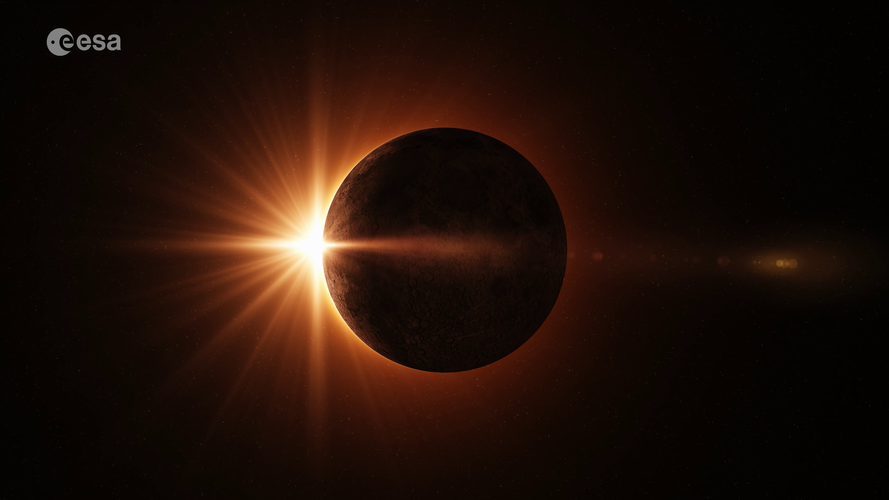 Video:
00:03:39
Video:
00:03:39
During a solar eclipse the Earth is plunged into darkness and the Sun’s ghostly atmosphere becomes visible. Scientists travel the globe to experience total solar eclipses, which occur for just a few minutes at a time every 18 months or so. But what exactly causes solar eclipses, and how do scientists try to make their own, including with ESA’s new Proba-3 mission?
Weather is the hot topic as eclipse spectators stake out their spots in US, Mexico and Canada

Eclipse spectators staked out their spots across three countries Sunday, fervently hoping for clear skies despite forecasts calling for clouds along most of the sun-vanishing route.

